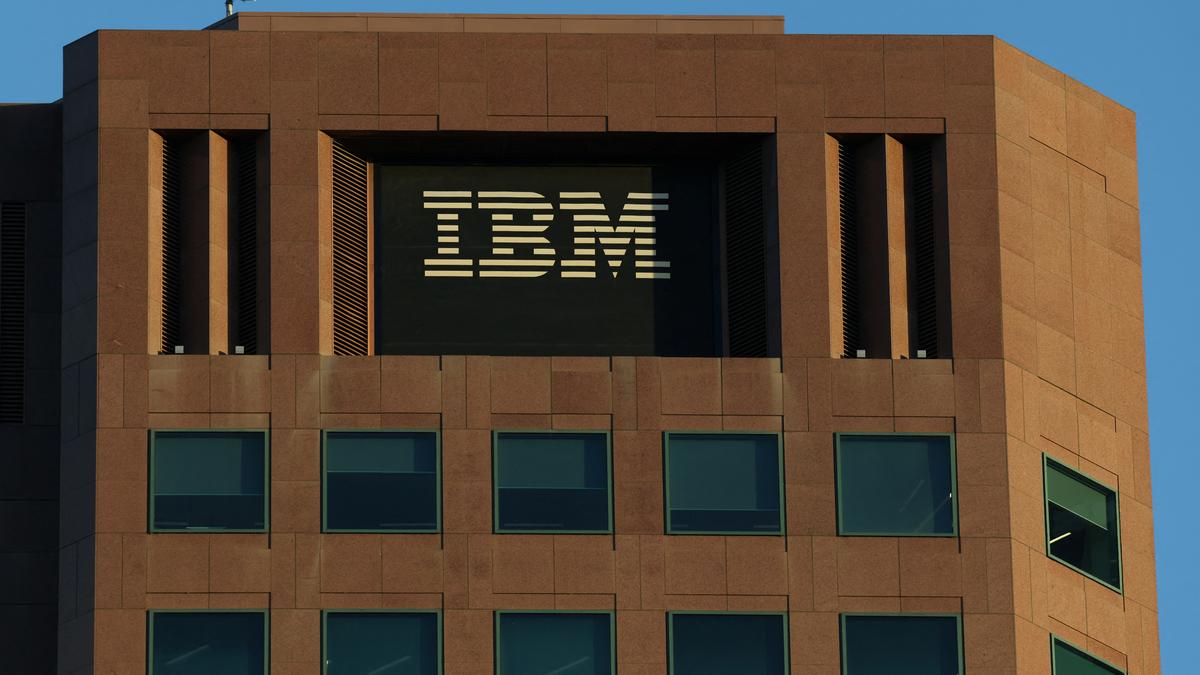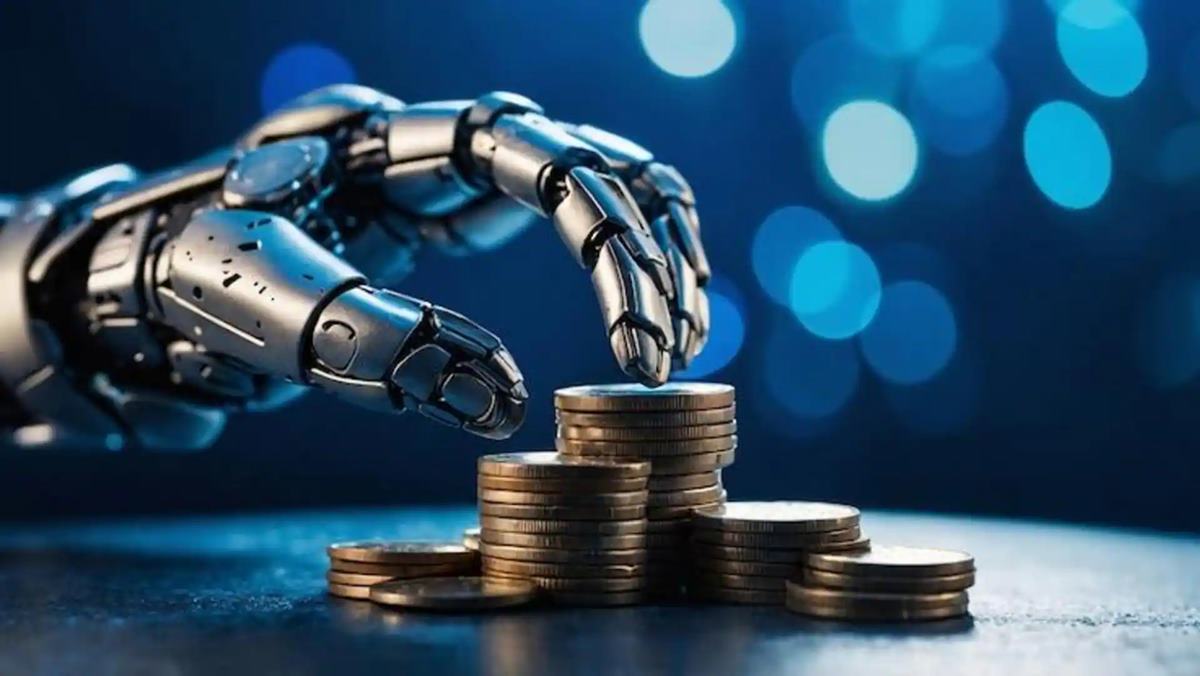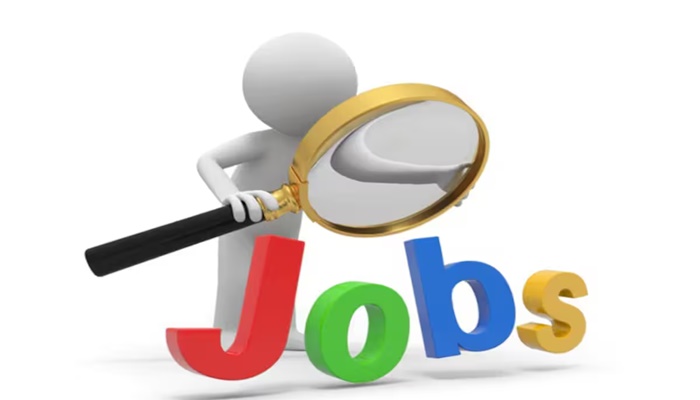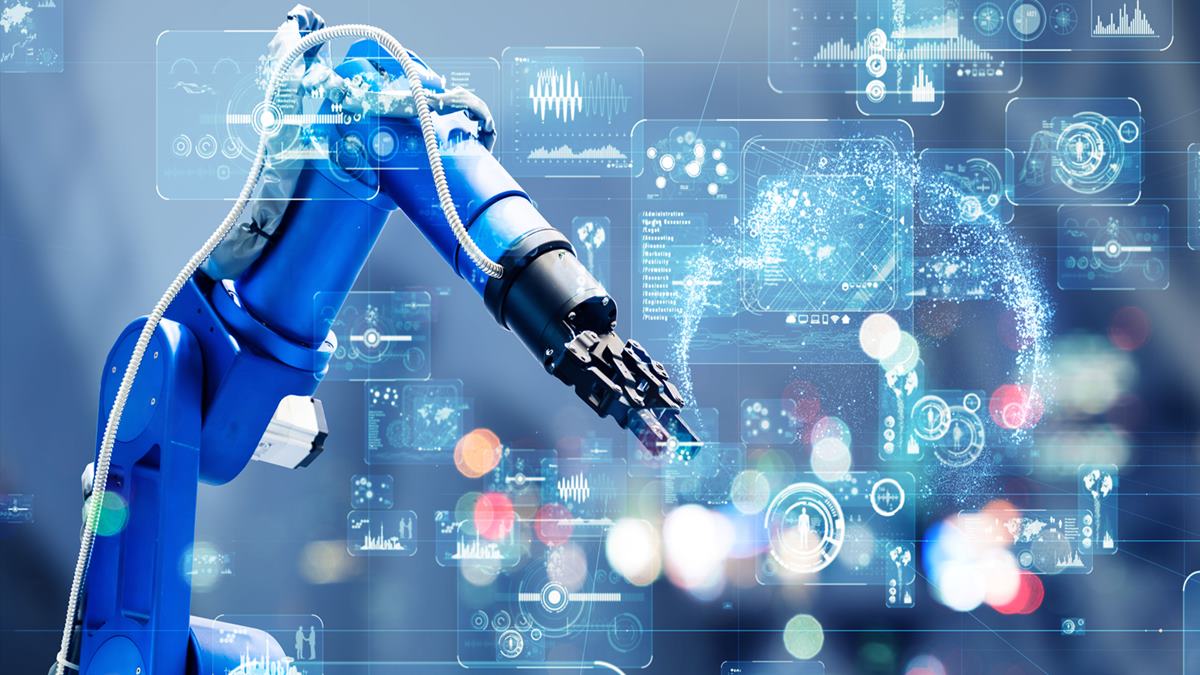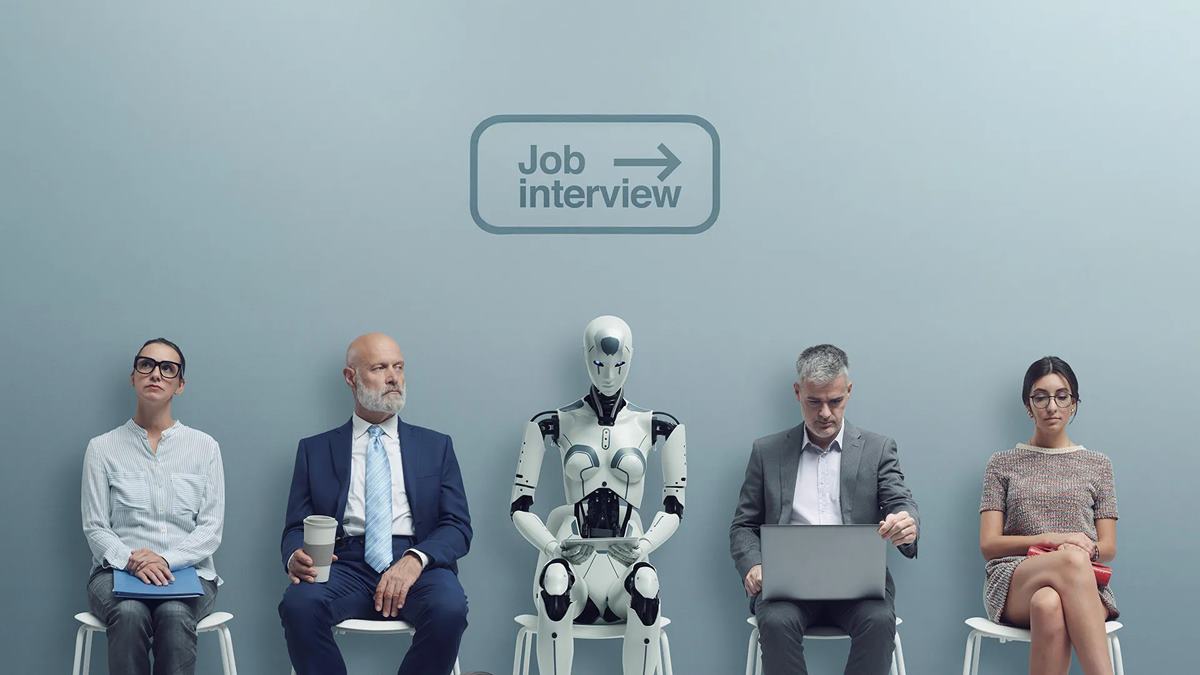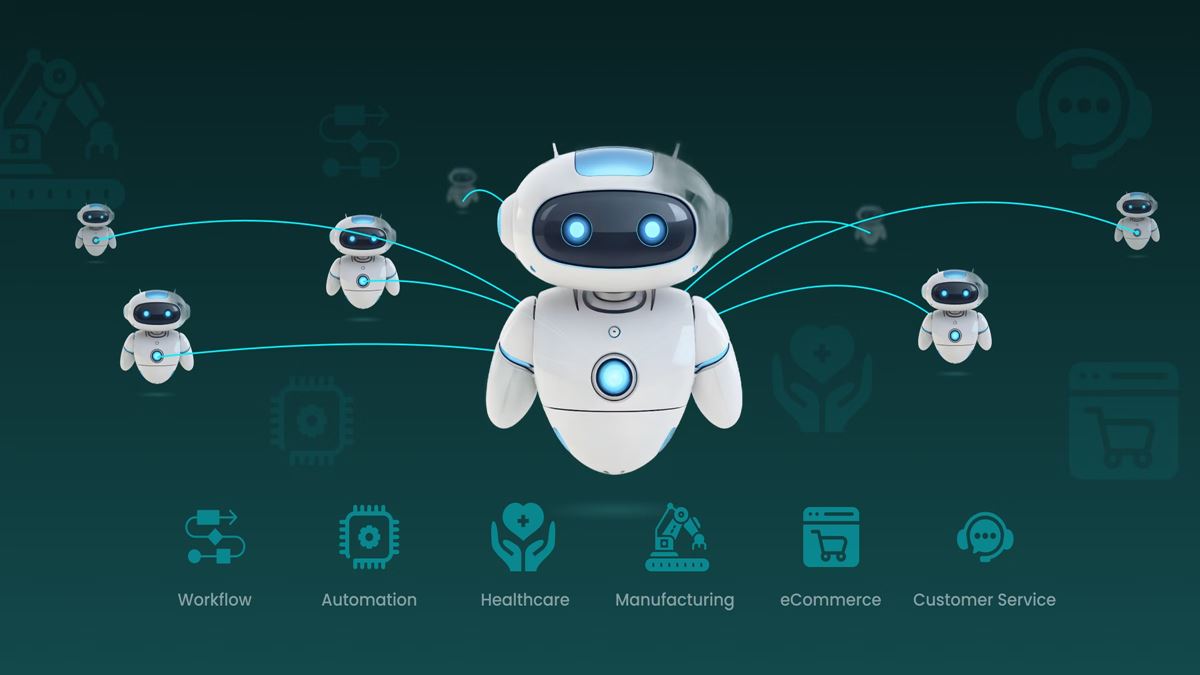The first time I heard about Salesforce was when I worked in IT support. Even though I didn’t work for Salesforce, I needed to know how to handle situations when people had issues with the platform. That way I could refer them to the Salesforce support team if they were having a Salesforce problem.
The company’s main product is customer relationship management (CRM) software. I found it surprising that so many companies were using it, and that even massive companies didn’t have an alternative. Perhaps that is because I don’t generally trust software as a service business model.
I thought it was risky from a cybersecurity point of view and could be paving the way for one big cyber heist. A lot of time has passed since my IT days, and the tech landscape is being hit by the earthquake-like force of artificial intelligence and agentic AI.
Salesforce has become one of the companies most successful in exploiting this boom, but what will be the consequences?
Salesforce “rebalances” customer service staff with agentic AI
Software investor Logan Bartlett recently interviewed Salesforce (CRM) CEO Marc Benioff on his YouTube channel.
During the interview they discussed how AI use has affected the company and Benioff said “I was able to rebalance my head count on my support, from 9,000 heads to about 5,000 because I need less heads.”
He explained that 50% of customer service work is done by AI agents and 50% by humans, with the customer service score staying about the same as it was when it was all done by humans. He added that rebalanced headcount could be put into sales.
Benioff’s claims and attitudes have changed rather quickly. In July, speaking to Fortune he said “I think AI augments people, but I don’t know if it necessarily replaces them. Even in radiology departments where AI can read scans, it’s not 100% accurate.” He also said agents are doing 30%-50% of the work.
Replacing workers with AI doesn’t (always) work
Dane Mathews, Taco Bell’s chief digital and technology officer, told a Wall Street Journal reporter about Taco Bell’s AI-powered ordering: “I think like everybody, sometimes it lets me down, but sometimes it really surprises me.”
If AI can often fail at taking simple orders, how great is it at providing customer service for software services or screening for medical conditions? What were the customer service satisfaction scores before the switch at Salesforce if they stayed about the same?
According to ABC News, the Australian Commonwealth Bank reversed its decision to replace 45 customer service employees with AI bots. Instead of reducing the number of calls handled by humans, they were overwhelmed, and team leaders had to start taking calls.
Microsoft’s announcement in July that it will lay off about 9,000 employees is often interpreted as a result of the company’s focus on AI. However, Microsoft also submitted 4,776 labor condition applications, a prerequisite for filing H-1B visa petitions, indicating to the U.S. government that it intends to fill 14,181 positions, of which 9,738 were for new foreign worker hires, according to the Washington Examiner.
Over 700 companies potentially hacked via Salesforce and Salesoft
While Salesforce celebrates its AI success, some customers probably regret falling for the AI hype. A company unrelated to Salesforce, Salesloft, offers a Salesforce plugin called Drift AI Chat. Hackers managed to use Drift AI Chat to steal data from companies that were using it.
Google Threat Intelligence Group estimated that over 700 organizations are potentially affected, reported The Hacker News.
What is really incredible about this series of hacks is that even cybersecurity companies, including Zscaler, Cloudflare, Palo Alto Networks, PagerDuty, and SpyCloud, were hacked.
Even though Salesforce wasn’t responsible for the breaches, these hacks hurt its and its customers’ reputations. The company’s talk about AI agents now doing 50% of the work seems to be an attempt to switch the attention from hacks to their agents, especially because it also sells them as sales agents.





